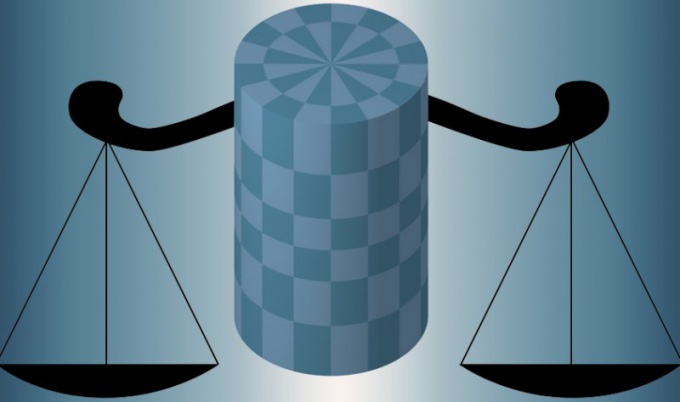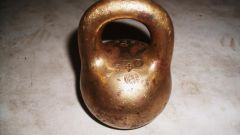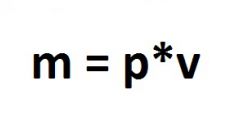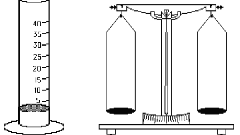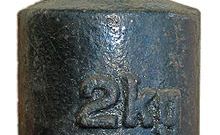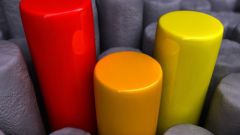Instruction
1
Weigh the cylinder with weights desired degree of accuracy and get the value of its mass in terms of exposure to earth's gravity - the gravitational mass. This is the easiest, but not always available method applicable to physical objects not only of cylindrical shape.
2
If possible weigh not, then calculate the amount of space which is a cylindrical object and determine the density of the material of which it is composed. These two features are associated with a constant mass ratio, the formula which will calculate body mass. For determining the density of a substance will have to use relevant tables from the guides. In the paper version you can rent them in the library and in electronic form - find online or in the store on optical disks with thematic collections.
3
The volume of a cylinder you can determine the means at hand - for example, immerse it in the water-filled volumetric glassware, and assess the volume of displaced water. The value obtained is likely to be marked on the measuring instruments in liters and derived units. For payment in cubic meters and its derivatives use this ratio: one liter equal to one cubic decimeter.
4
If you define a volume (V) given in the previous step by the way is not possible, then determine the physical dimensions of the cylinder diameter (d) and height (h). Calculate the value of one quarter of the works of PI, taken with the necessary degree of precision on the squared diameter to find the area of the base of the cylinder. Multiply it by the height and get the volume of a cylindrical object is: V=¼*π*d*h.
5
Now you know the density (ρ), which comprises the cylinder, and its volume (V). To calculate the mass (m) of the object just multiply the two values: m=ρ*V.
